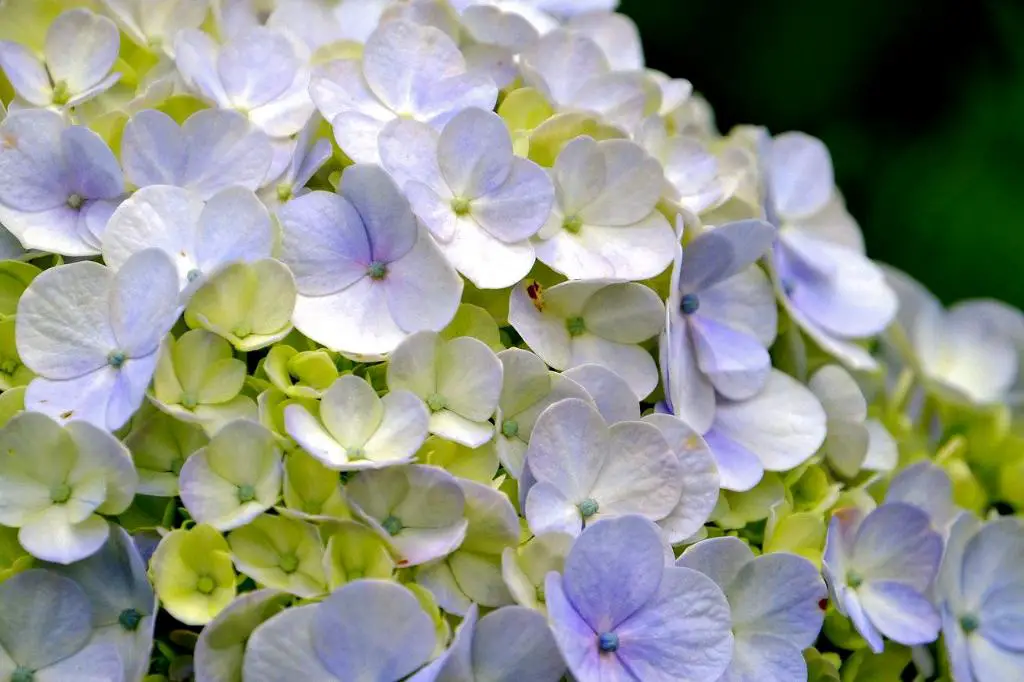Deadheading hydrangeas is a common gardening practice that can help promote new growth and enhance the overall appearance of the plant. Knowing the right time to deadhead your hydrangeas is essential to ensure they thrive and blossom beautifully each year.
Early Spring:
Early spring is an ideal time to deadhead hydrangeas, as it allows you to remove any dead or faded blooms from the previous year. This process helps stimulate new growth and encourages the plant to produce more vibrant flowers during the current growing season.
Late Spring:
As your hydrangeas start to bloom in late spring, you can continue deadheading to maintain a tidy and healthy appearance. Removing spent blooms promptly can prevent the plant from wasting energy on producing seeds and redirect it towards creating larger, more colorful flowers.
Midsummer:
During midsummer, it’s essential to deadhead your hydrangeas regularly to encourage continuous flowering throughout the season. By removing fading blooms, you allow the plant to focus on blooming new flowers, resulting in a prolonged display of blooms in your garden.
Early Fall:
As the summer season comes to an end, you may want to slow down on deadheading your hydrangeas to allow the plant to prepare for dormancy. However, removing any dead or diseased blooms is still beneficial to prevent the spread of diseases and maintain the plant’s health.
Late Fall:
By late fall, it’s best to stop deadheading your hydrangeas and leave the blooms on for the winter months. The dried flower heads can provide visual interest in your garden during the colder season, adding texture and structure to the landscape.

Winter:
During winter, you can continue to enjoy the dried hydrangea blooms in your garden, as they can add a touch of beauty to the winter landscape. However, it’s essential to wait until the following spring to start deadheading again for optimal bloom production.
